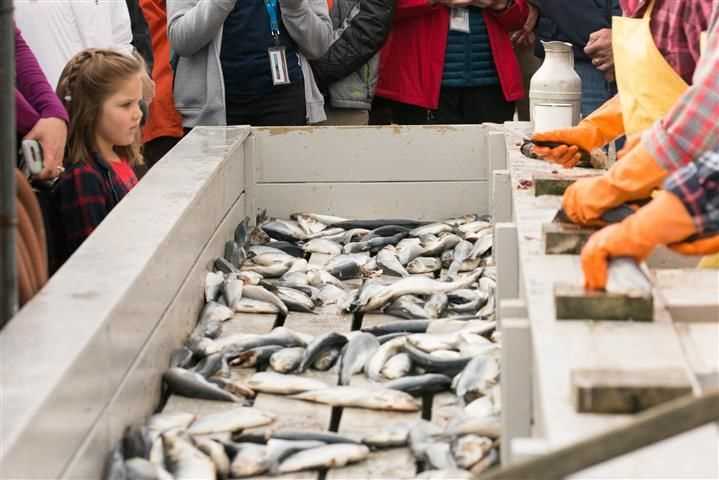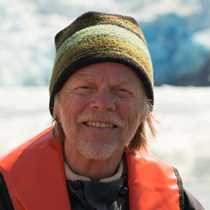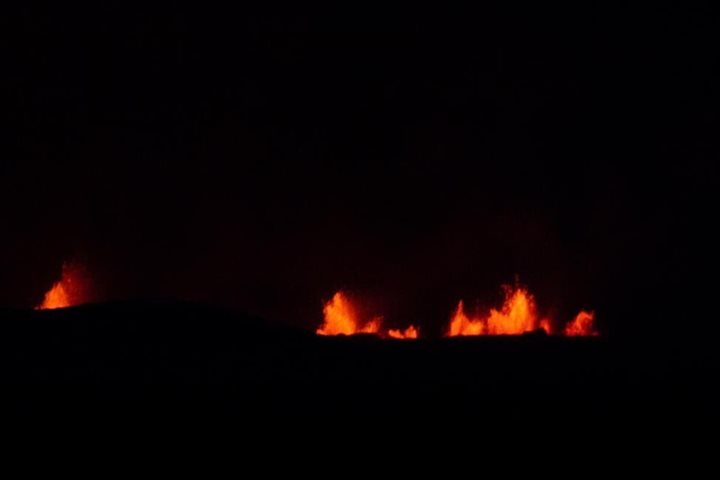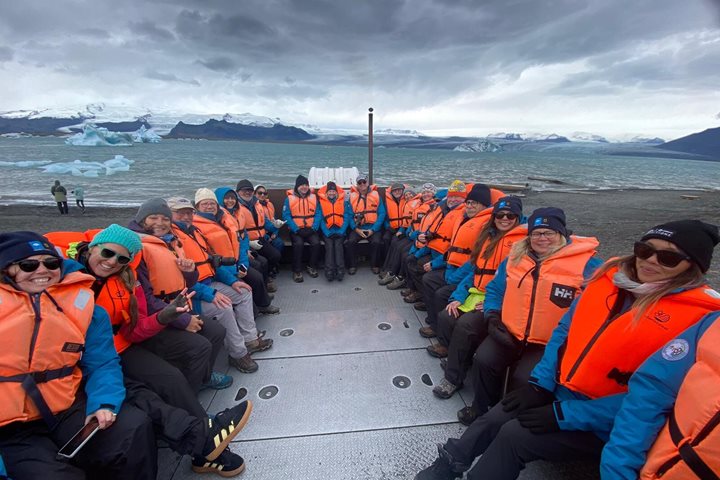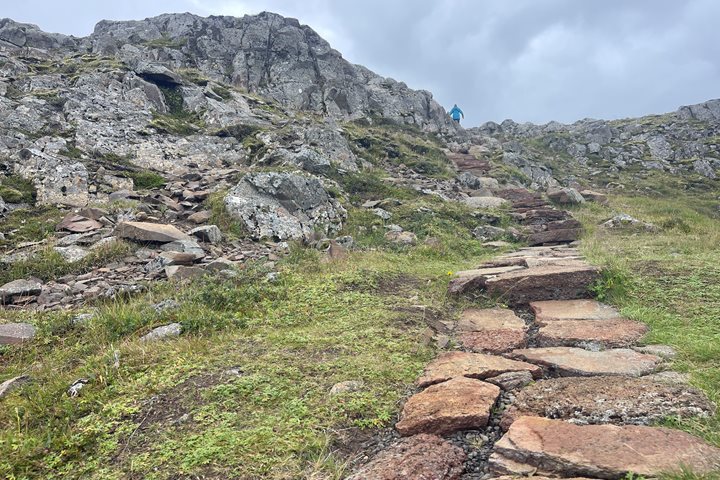England has the Spice Girls; Iceland has the Herring Girls. Both groups sing…but only one heads and guts dead sardines. We visited the small town of Siglufjörđur and the internationally acclaimed Herring Era Museum. Before entering each of the three buildings comprising the museum, we witnessed a recreation of just what the Herring Girls did during the herring boom in the 1940s and 1950s: Grab a sardine, remove the head and entrails with two strokes of a sharp knife, and push the body down a chute to another Herring Girl for careful salting and meticulous packing into a barrel—all in less than five seconds.
The processing was accompanied by Icelandic shouts and songs. It was a rousing introduction to the fascinating museum that was created by scouring Iceland for all sorts of machinery and artifacts from the herring boom. Herring were discovered in the Siglufjörđur area in 1903 by Norwegian fishermen who subsequently developed the fishery. From 250 hardy souls in 1903, the population exploded to nearly 12,000 during each fishing season of the boom years. But, as is often the case, the sardine stock could not exist with such fishing pressure and soon collapsed. The last season was in 1968 and the population decreased to just over 1,000, which today is supported in part by a much smaller fishery targeting a different species.
After spending the morning at the museum, we sailed to Akureyri, listening to a presentation on Vikings in Iceland en route. In Akureyri, we had a choice of touring the Akureyri Botanical Gardens or the Akureyarkirkja (church). After free time in the city, we returned to the ship for cocktail hour and recaps preceding another five-star dinner.
Activities continued after dinner with the first National Geographic Explorer music festival. Four highly successful and award-winning Icelandic groups performed simultaneously in four different areas of the ship: Ylja (duo), Ástiđir (trio), Snorri Helgason, and Ragnheiđur Gröndal. Each performed as the night progressed and guests were encouraged to stroll at their leisure among the performances. All musicians and guests converged in the lounge afterward for discussion and jamming.
From herring processing to botany to modern music, it was a fascinating, diverse, and over-the-moon day—particularly appropriate on this 50th anniversary of the moon landing.

